February Newsletter 2015
How to Play Against Hard Hitters
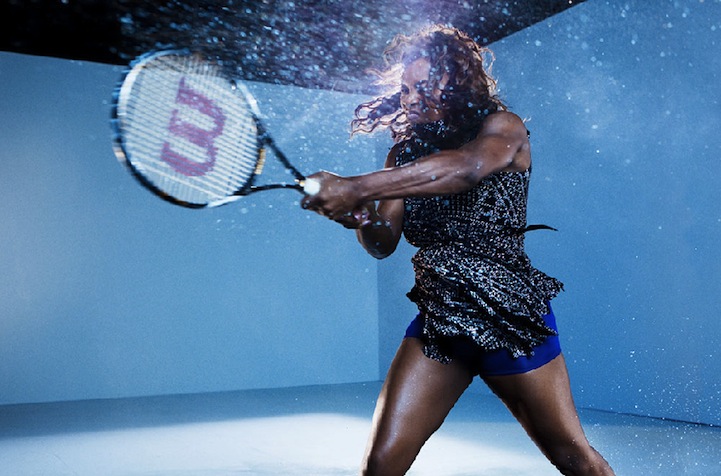 Since more and more players these days come out swinging and swinging hard with the aid of new racquet and string technology, playing against these hard hitters can be intimidating. However, you will find at all levels there are players who take a lot of big swings and are not always accurate and can only hit a few balls in the court in a row. (Think about baseball's big home run hitters, they inevitably have way more strike outs than home runs). When battling a big hitter, there are things you can do to through your opponent off of their groove to try to neutralize their power.
Since more and more players these days come out swinging and swinging hard with the aid of new racquet and string technology, playing against these hard hitters can be intimidating. However, you will find at all levels there are players who take a lot of big swings and are not always accurate and can only hit a few balls in the court in a row. (Think about baseball's big home run hitters, they inevitably have way more strike outs than home runs). When battling a big hitter, there are things you can do to through your opponent off of their groove to try to neutralize their power.
Don't Try to Match Their Power
There's no need to match a big hitter's power with your own. If you try to match power for power and that's not your normal game plan you will fall right into the hands of your opponent. Take some pace off of the ball, force your opponent to generate the pace off of their own shots. This can help you draw more errors out of your opponent if you can place the ball well.
Keep Them Away From the Strike Zone
One of the best things you can do against power hitters is to keep them from hitting the ball in their optimum strike zone - typically between their waist and armpits. The last thing you want to do is to hit the ball with top spin landing a couple feet behind the service line, the ball will sit-up and your opponent will be able to step in and crush the ball right inside of their comfort zone. Try slicing the ball to keep the ball low, this forces your opponent to have to hit up on the ball and makes it tougher to take a big swing - they're almost forced to hit a neutral or defensive shot.
The Power of Placement
Placement is key. If you can keep your opponent deep in the court it will rob them of time to set up thereby making it harder for them to generate power. Hitting short angled slices will also force them to move forward and have to hit up. Keeping your opponent moving side-to-side or up and back is usually a good play so they may have less time to prepare and they will have fewer opportunities to step into the ball to take a big swing.
Handling the Serve
The serve is one shot that you cannot affect; all you can do is to react to the ball. Shorten your backswing to catch up with the fast serve. Also, just blocking the ball back into play may at least get the point started. What you have to watch out for with this method is to not just block the ball down the middle of the court every time. A good player will recognize this and sneak into the net after the serve and put away an easy volley/approach shot off of your weak return. Try to block the ball with a purpose if you can.
Racquet Preparation
Against hard hitters, as soon as you see which side the ball is coming, get your hips and shoulders turned to that side immediately. That will position your body and help take your racquet back in preparation for the return and engage your whole body aiding in an effective deep or well placed return. Against hard hitters, sometimes the best strategy is just get the ball back over the net. A lot of hard hitters get impatient and go for too much too early or simply aren't consistent enough and will miss after a few shots. Put the ball back in the court and see what happens.
All of these strategies are hard to do when your opponent is blasting balls. Be patient, and work the point to your advantage. Take the big power hitters out of their power zone with spin, placement and most importantly patience. Make sure you do whatever you have to do to hit the ball back over the net. It can be tempting to try to match the power of your opponent, but try to resist; it can cost you the match if it's not your typical style of play.
See Ya' on the Courts, Gary
WaiverApp
 We have made access to our club easier than ever, with our new WaiverApp link, located on our home page, entitled Guest Waiver. This application allows future guests to access an electronic copy of the Guest Waiver that we require in order to utilize our sports club, before arrival! This will also benefit guardians who are not present while minors are using the club for sport activities, programs, events etc.
We have made access to our club easier than ever, with our new WaiverApp link, located on our home page, entitled Guest Waiver. This application allows future guests to access an electronic copy of the Guest Waiver that we require in order to utilize our sports club, before arrival! This will also benefit guardians who are not present while minors are using the club for sport activities, programs, events etc.
Chris Silvius
Front Desk Manager
Membership Sales Representative
805.239.7397
Cafe
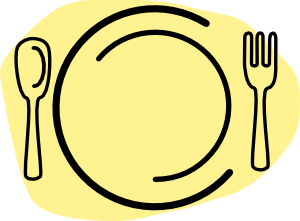 We will be giving our Cafe menu a makeover in the coming month! What would you like to see on the menu? What do you think we could do without? Our Cafe is for YOU! Let me know!
We will be giving our Cafe menu a makeover in the coming month! What would you like to see on the menu? What do you think we could do without? Our Cafe is for YOU! Let me know!
You may contact me at [email protected] with your questions and feedback!
In Good Health,
Lindsey Taylor
Director of Hospitality
Valentine's Day Spa Special!
 10% off any service in the month of February!
10% off any service in the month of February!
- Eyebrows $15
- Chest $50
- Lip $10
- Full Arm $40
- Chin $10 1/2
- Leg- upper or lower $35
- Side Burns $12
- Full Leg $60
- Full Face without Brows $40
- Full back (including Shoulders)- $55
- Bikini Lines $28
- Brazilian $65
50-Minute European Facial $75
30-Minute Teen Facial $ 45
30-Minute Swedish Massage $40
60-Minute Swedish Massage $65
90-Minute Swedish Massage $90
30-Minute Active Myofacial Release Massage $40
Looking for a Valentines Gift? Give your sweet a delicious treat! Sweetheart bundles are available Monday, February 9th through Saturday, February 14th for only $25.00.
Bundles include Bianchi Champagne, chocolate dipped Oreos, and a card you will be able to fill with your loving words.
To reserve a Sweetheart Bundle or to book your spa service, please contact Lindsey Taylor at [email protected]!
Aquatics
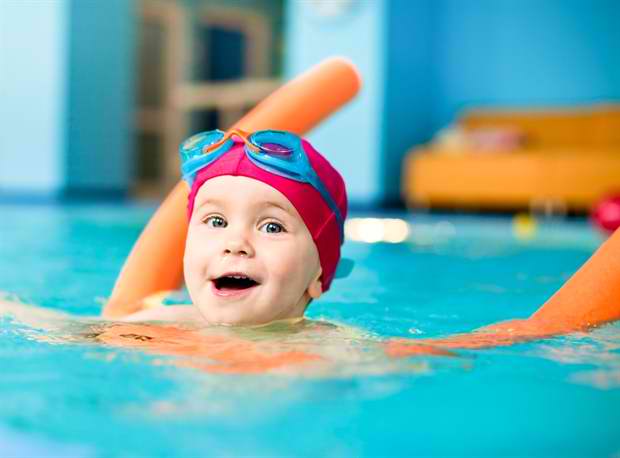 AQUATICS OPPORTUNITIES: Immediate availability for lessons and group classes. Pre-registration for Spring and Summer sign-ups for Swim Lessons, Mommy and Me Classes and Stroke School!
AQUATICS OPPORTUNITIES: Immediate availability for lessons and group classes. Pre-registration for Spring and Summer sign-ups for Swim Lessons, Mommy and Me Classes and Stroke School!
Group lessons for Youth and Adult Swim Technique classes are ongoing!
1/2 HOUR LESSONS
Private/Semi-Private Mommy & Me:
2 week sessions: Monday-Thurs
4 week sessions:? Tues & Thurs:
We LOVE PRSC and WE LOVE SWIMMING!!
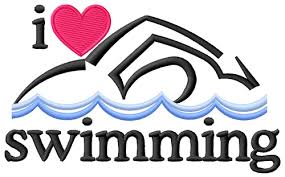 February is often considered the month of love, because of Valentine’s Day. Swimming can be a love/hate relationship because the key components of your swimming may need to be fine-tuned. Below we have shared a few drills and tips that have complimented the abilities of our Adult Swim Technique participants and taken swimming from a chore to be more enjoyable! Swimming is also loved around the world. Read On!
February is often considered the month of love, because of Valentine’s Day. Swimming can be a love/hate relationship because the key components of your swimming may need to be fine-tuned. Below we have shared a few drills and tips that have complimented the abilities of our Adult Swim Technique participants and taken swimming from a chore to be more enjoyable! Swimming is also loved around the world. Read On!
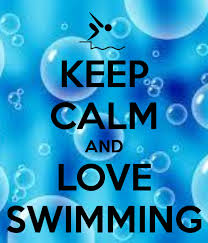 Swimming Technique Tip: BREATHING
Swimming Technique Tip: BREATHING
In honor of our first month of Adult Swim Technique class, we just finished our focus on good breathing techniques. No matter your age or ability, we all can fine-tune our swimming skills. Here is an important aspect of breathing during the freestyle or front crawl.
What is the trough? The modern freestyle or front crawl stroke was demonstrated in London around 1844 by two Native American swimmers named “Flying Gull and Tobacco”. Observers from Britain dismissed this style of stroke as uncouth, even though the Americans easily conquered some of the other swimmers. In 1873, the front crawl was brought again to Britain. The Freestyle stroke can be the fastest swimming stroke and the only one where you don't lift your face forward out of the water to breathe (or are already on your back). You turn your head to one side or the other. As a result, the proper breathing technique can be the most difficult freestyle skill for many beginning swimmers to master.
A trough or pocket is formed behind the wave created by the head & body break through the water, so the water level beside your head becomes lower than the surrounding water. If you keep your head in the correct position, your turn to breathe puts your mouth within the trough, making it easy to breathe.
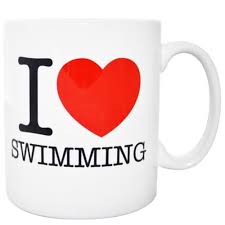 Breathing Drills:
Breathing Drills:
The next time you swim, experiment a little with your breathing position and try and find that sweet-spot where you can reliably find the bow wave trough but not breathe too far behind you and lose your alignment in the water.
The correct place to aim your mouth is into position A but swimmers who struggle with their breathing are often trying to breathe slightly forwards into position B. The bow wave isn't very deep or well formed there and it will be a real struggle to reliably take on air:
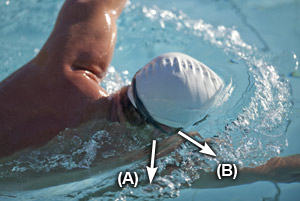 A few other quick tips:
A few other quick tips:
- Try to keep your lower goggle underwater when you breathe.
- Experiment with angling your mouth towards the surface as though you are speaking or trying to breathe out of the corner of your mouth.
- To get the position of your breathing correct, you may feel like you're breathing just behind you. – You want to be able to see your armpit as you do this. This will only feel like a slight adjustment; Don’t breathe too far backwards or you will twist your body and end up crossing your arms across the midpoint of your line towards the other end of the pool.
 Swimming Facts from the World: Did You Know?
Swimming Facts from the World: Did You Know?
- The Greeks did not include swimming in the ancient Olympic Games, but did practice the sport, often building swimming pools as part of their baths.
- One common insult in Greece was to say about somebody that he or she neither knew how to run nor swim.
- In Japan, swimming was one of the noble skills of the Samurai.
- Swimming was initially one of the seven agilities of knights during the Middle Ages, including swimming with armor (yikes!)
- In 1538, Nikolaus Wynmann, a German professor of languages, wrote the first swimming book, A Dialogue on the Art of Swimming.
- The most passionate nation in the world for their swimming is Australia. In fact, walk down any beach in Australia or stroll into any shop and you can easily strike up a conversation about the sport, its stars, even its politics - just as one would do in England over soccer(football) or in American over American football.
(Thanks to websites: http://www.feelforthewater.com/; http://www.livestrong.com/; blog/bid/17546/Swimming-History-Unusual-Facts-and-Figures)
Fitness Corner with Dr. Andre Acebo
Chiropractor and Strength Coach
This month, let’s review the importance of posture and core strength. Whether you’re training for improved sports performance, weight loss or general fitness, don't forget it STARTS with good balanced posture (our musculo-skeletal framework) and a stable core.
You don't want to load or repetitively pound on a dysfunctional frame. Full range of motion, particularly in the hips & shoulders and a strong, neutral spine and pelvis, are first priority when it comes to fitness.
To achieve this, take advantage of the 2 complimentary personal training sessions you get with your membership. In the 1st session, I will assess your posture and movement patterns and teach you how to activate your core. In the second session, one of our trainers will go over the best way to attain your goals, write you a plan and take you through a workout. By the way, all our trainers teach at least one group exercise class, where they keep a close eye on your exercise form. They are also available for one-on-one or semi-private personal training.
This year, make a commitment to be consistent with your healthy habits. Here are the big 5:
1) Build positive relationships
2) Reduce excessive stress
3) Make quality food choices (including plenty of water)
4) Get adequate rest, and of course
5) Use good posture & form with your DAILY exercise
Call, text or email me with any questions,
Doc
Boot Camp
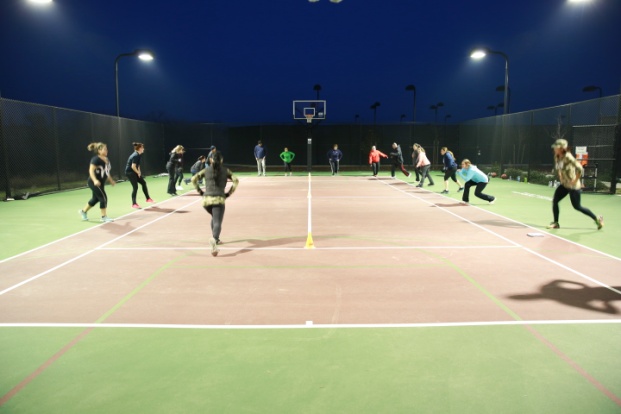
Thank you to all those who are participating in Paso Robles Sports Club Boot Camp!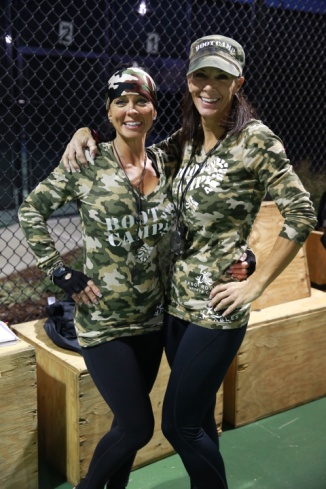 As you all know, we started our Cancer Well-fit program a little over a year ago. We have helped over 25 first-year cancer survivors with this amazing non-profit program. The program offers free, small-group 10-week training with focus on the following:
As you all know, we started our Cancer Well-fit program a little over a year ago. We have helped over 25 first-year cancer survivors with this amazing non-profit program. The program offers free, small-group 10-week training with focus on the following:
* building/restoring muscle mass/strength
* increasing flexibility and endurance
* improving balance and core strength
* improve energy level and self-esteem
*develop independent physical fitness program to continue an active lifestyle
Participants are given free full club membership during the program and encouraged to attend other classes when ready (such as aqua-fit and Pilates). Exercise during and after cancer treatments can result in increased stamina, increased strength, improved self-esteem, increased treatment tolerance/recovery, and increased satisfaction with life and decreased pain. Psychological changes, including a decrease in depression and fewer problems sleeping are noted in exercisers versus non-exercises. Also exercisers often will have less fatigue during and after chemotherapy and radiation. After cancer surgery, exercise plays an invaluable role in helping one return to prior strength and fitness levels quicker.
Often I hear from our CWF participants that "I thought I was the only one who had balance issues" or "I was so embarrassed that all my muscles seem gone after treatment". During the program, there is such a sense of camaraderie and support from the trainers and other participants. We work hard but have fun and encourage participants to stay after the class to socialize. If interested in more information, please contact Kathy Thomas at (805) 239-7397 or (805) 610-6486.
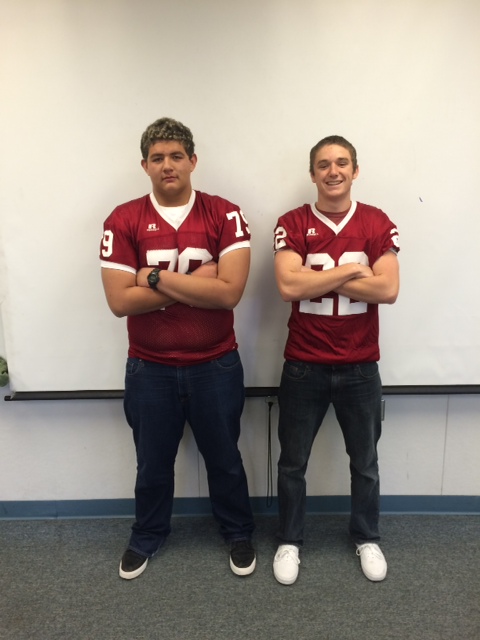 New Staff
New Staff
We are so happy to introduce our newest additions to our staff; with Bearcat pride, Parker Gray and Sage Alexander! Please welcome them with a “GO BEARCATS!”

